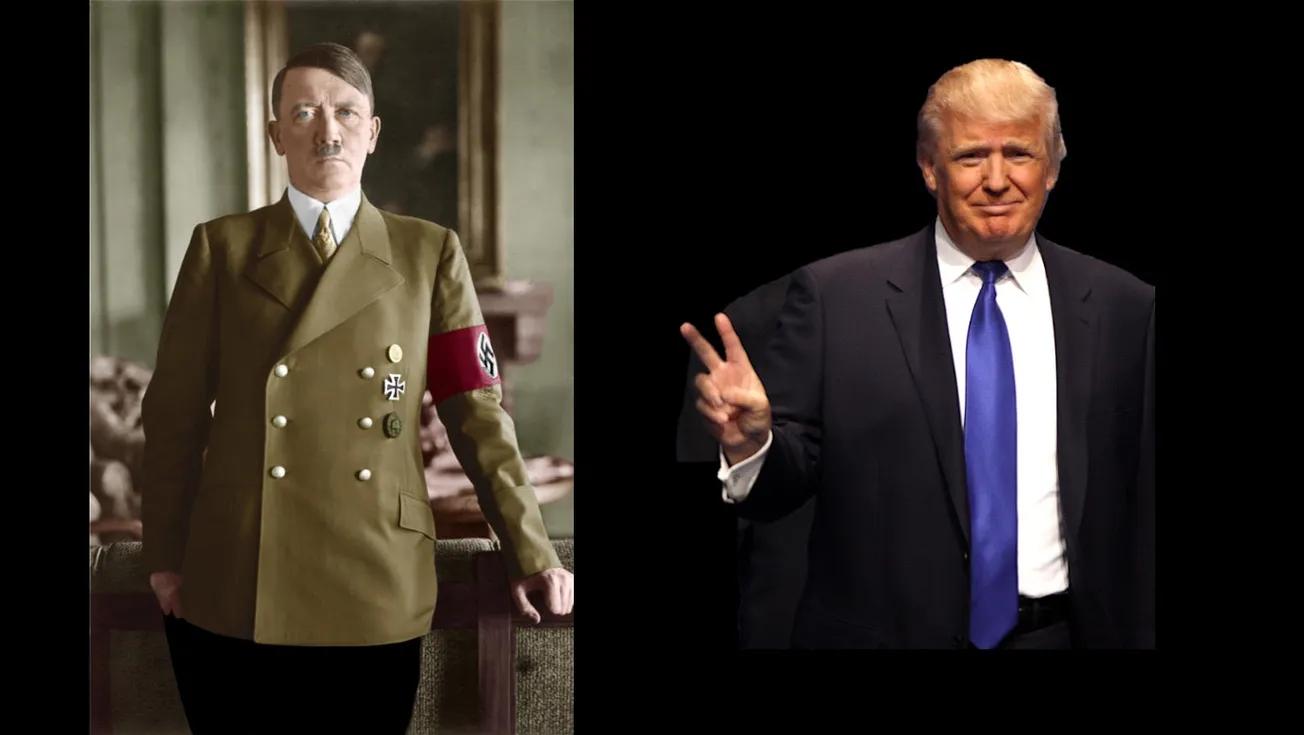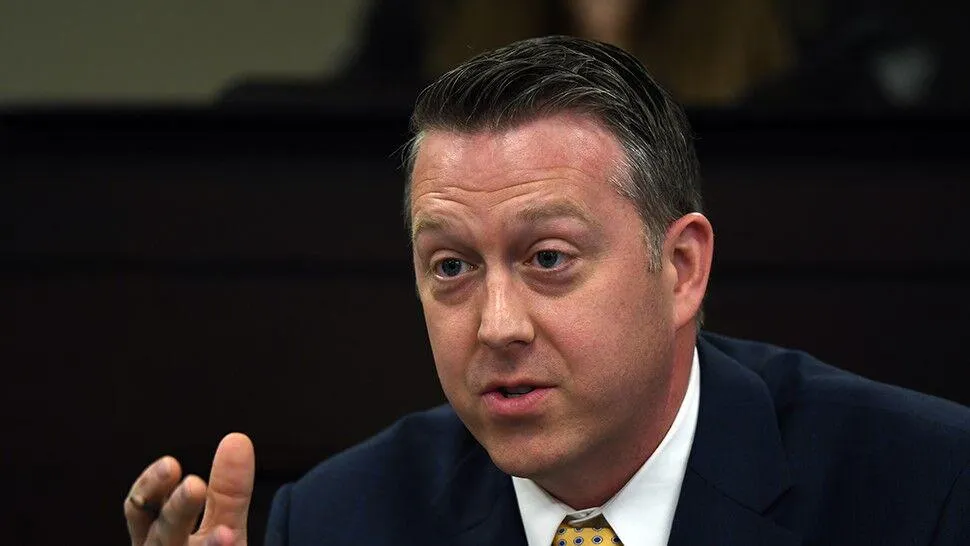Some of us have heard the story of the article in the New York Sun newspaper by Francis P. Church, one of its editors, in 1897 entitled “Is There is a Santa Claus?”
The article was a response to a letter from a young girl, Virginia O’Hanlon, who asked her father if Santa Claus existed. He told her to write to the Sun and trust that “if you see it in the Sun, it’s so.”
Church wrote a column telling her that Santa Claus was real and that her friends who denied the existence of Santa were “affected by the skepticism of a skeptical age. They do not believe except they see.”
Church then wrote these famous words: “Yes, Virginia, there is a Santa Claus. He exists as certainly as love and generosity and devotion exist, and you know that they abound and give to your life its highest joy.”
It is clear today that many white Americans are as skeptical of the existence of institutional racism as Virginia’s friends were of Santa’s existence. They see racism in personal terms only, as I once did. As a high school student, I learned that racism, a very bad thing, was considering ourselves as individuals superior to Negroes and denying them equality with us.
“Institutional Racism” is a recently popularized term. I never heard the terms “systemic racism” or “institutional racism” in my youth, although they clearly existed. And, like many other well-meaning white liberals in America, I am beginning to understand what it means.
I am aided in this by an amazing book published by Ibram X. Kendi, How to Be an Antiracist (2019). Like others of my lighter-skinned neighbors, I wondered why I had to be antiracist instead of just nonracist? Kendi’s answer is that “racism is a marriage of racist policies and racist ideas that produce and normalize racial inequities.”
My personal feelings about or behavior toward those of different cultures, physical appearance, or skin colors do not make me a racist or antiracist; only inequality does that. This was for me a powerful new way to look at racism.
And some of the implications of this for understanding institutional racism are important:
- It is not racist to notice differences among people. It is not racist to say that more black than white people develop sickle cell anemia, but it is wrong to give blacks with this disease lower quality care than we would give to a white person. The latter is institutional racism.
- People of all races can be racist; Kendi points out how his liberal black parents ended up accepting the white “narrative” that black poverty was due in large part to the use of drugs, while in fact it was and is due largely to white structures — banks, businesses, and government agencies — that do not treat blacks and whites equally when it comes to loans, housing, and criminal justice.
- Racist ideas lead to racist policies, unwritten “guidelines,” or “practices” that allow bankers to refuse loans to blacks who want to move into “white” neighborhoods even when they have adequate finances; that is institutional racism.
- Racist ideas and policies prevented African American veterans (unlike white veterans) from getting full G.I. Bill housing and educational benefits after World War II. That was institutional racism.
- Racist ideas led the father of one of my good friends in college, a good liberal white realtor, to tell me, after I wrote an editorial mentioning local housing discrimination in our college newspaper, that blacks wanted to live together in the ghetto. That was redlining, and it is institutional racism.
“Yes, Ken,” Ibram Kendi tells me, “there is institutional racism.” It begins with ideas, as do all of our actions. But once our ideas become government, business, cultural and educational policies, they are institutionalized. They become simply “the way things are.”
And we cannot hide behind the existence of laws that prohibit discrimination in our public and political institutions. They are not antiracist.
Saying that you are “not a racist,” is insufficient. We must be antiracist, that is, we must oppose any idea or practice that promotes inequality among people of different races or groups.
Sounds like the golden rule, doesn’t it, Virginia?
–30–
Written by Ken Wolf.
Comments







